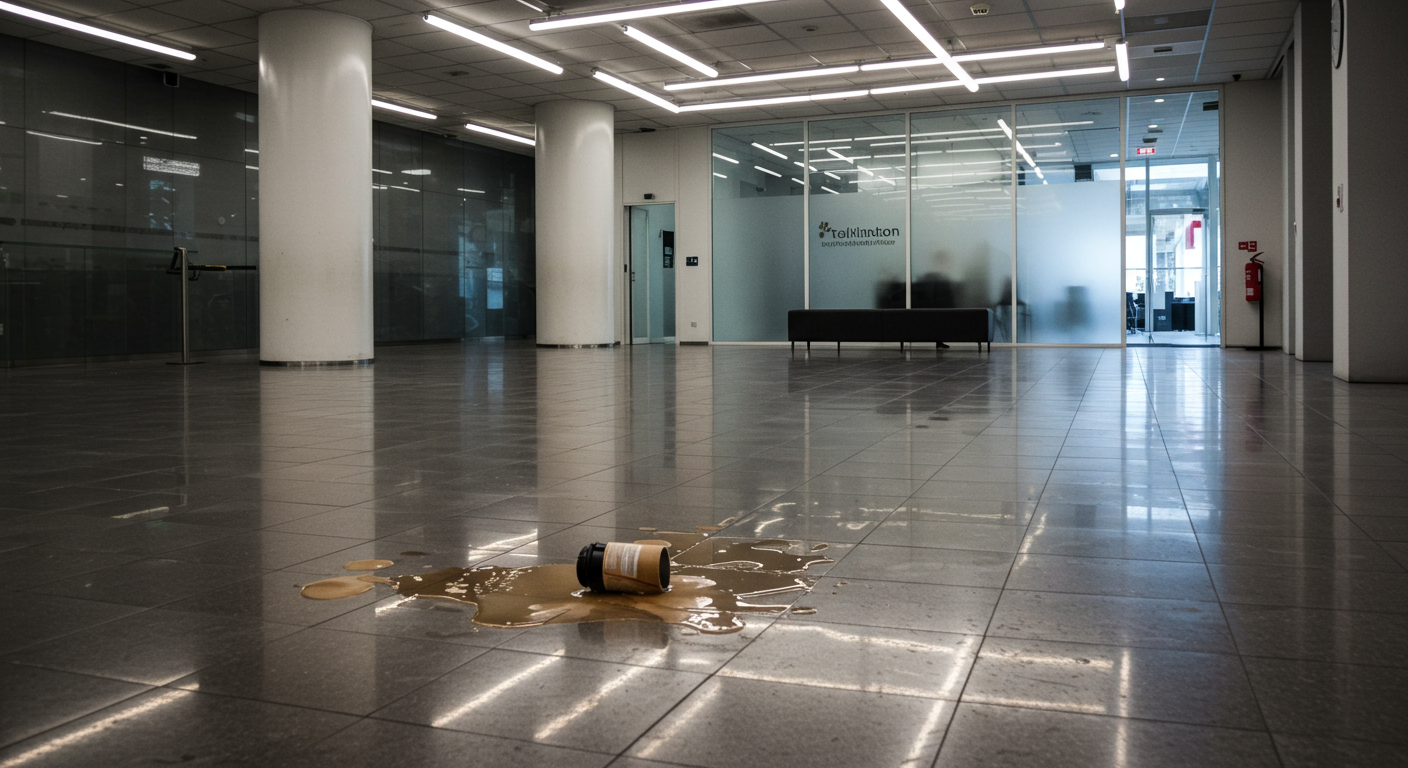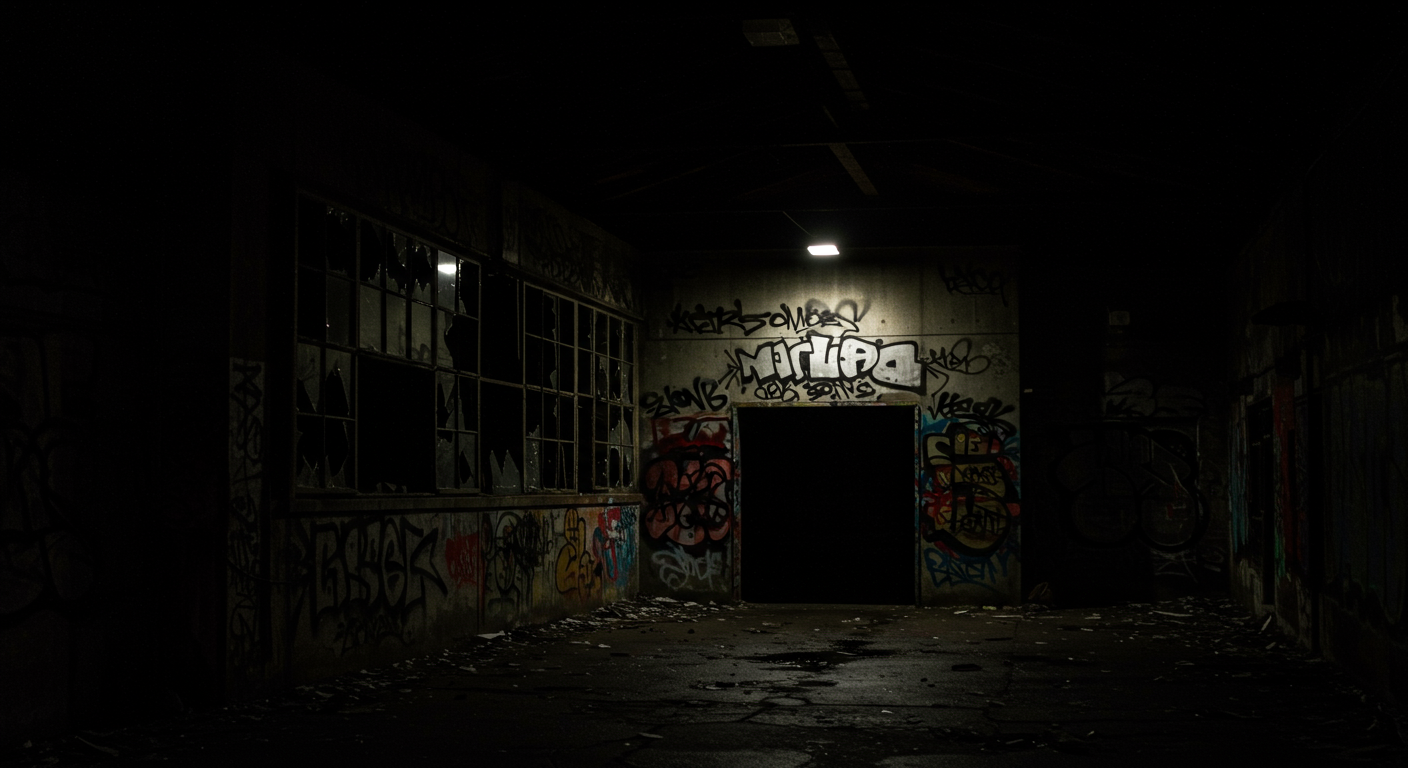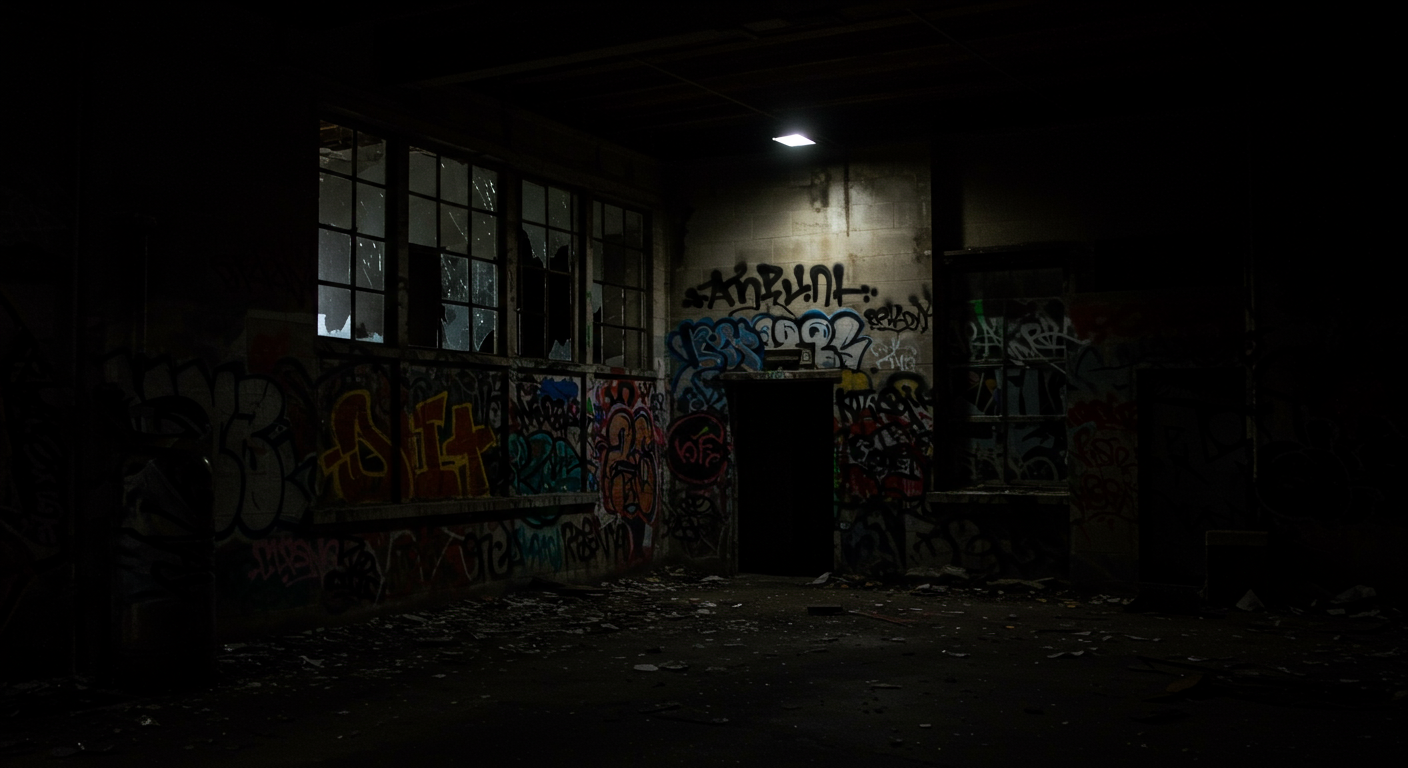- Risk #1 – Natural Disaster Exposure
- Insurance Solutions for Natural Disasters
- Risk #2 – Liability Claims and Lawsuits
- Liability Insurance Options
- Risk #3 – Tenant Default and Vacancy
- Coverage for Loss of Rental Income
- Risk #4 – Property Damage from Vandalism and Theft
- Crime and Vandalism Insurance
- Risk #5 – Business Interruption and Supply Chain Disruption
- Business Interruption and Contingent Coverage
- Conclusion
1. Risk #1 – Natural Disaster Exposure
Commercial properties face exposure to floods, hurricanes, earthquakes, wildfires, and severe storms.
These events can cause structural damage, disrupt tenant operations, and lead to costly repairs. Owners in high-risk areas need to assess their property’s vulnerability and prepare to mitigate potential losses.

2. Insurance Solutions for Natural Disasters
• Specialized property insurance: Policies tailored to cover windstorm, hail, earthquake, and flood damage.
• Endorsements and riders: Add-ons to standard commercial property insurance that extend coverage to specific perils.
• Mitigation credits: Premium discounts for buildings with reinforced roofs, hurricane shutters, seismic retrofits, or flood-proofing measures.
• Loss prevention programs: Collaboration with insurers and local agencies to implement early warning systems, evacuation plans, and site hardening.
3. Risk #2 – Liability Claims and Lawsuits
Slip-and-fall accidents, tenant injuries, environmental contamination, and negligence claims can lead to expensive lawsuits. A single liability event may trigger medical costs, legal defense fees, and compensation awards.
Property owners and managers must maintain safe premises and clear policies to reduce exposure.
4. Liability Insurance Options
• Commercial general liability (CGL): Covers bodily injury, property damage, and legal defense costs arising from premises or operations.
• Umbrella liability: Provides additional limits above CGL to protect against large verdicts or multiple claims.
• Errors and omissions (E&O): Protects property managers and leasing agents from claims of negligence in professional services.
• Environmental liability: Addresses contamination events, mold claims, and pollution-related suits.

5. Risk #3 – Tenant Default and Vacancy
Unexpected tenant defaults or prolonged vacancies can sharply reduce cash flow. Commercial leases can be terminated due to financial hardship, legal disputes, or tenant bankruptcy.
Owners often face mortgage payments and operational expenses even when rental income stops.
6. Coverage for Loss of Rental Income
• Rental value insurance: Compensates for lost rental income when property becomes uninhabitable due to a covered peril.
• Lease guarantee programs: Third-party guarantees that cover unpaid rent if a tenant defaults.
• Business income insurance: Pays for ongoing expenses and lost profits during the period needed to repair or rebuild after a covered loss.
• Credit insurance: Protects commercial landlords against tenant insolvency or nonpayment.

7. Risk #4 – Property Damage from Vandalism and Theft
Vandalism, break-ins, and theft can damage buildings, fixtures, and tenant property. Security lapses, remote locations, and inadequate lighting heighten the risk. Damaged windows, graffiti, stolen equipment, and forced entry repairs all add to property costs.
8. Crime and Vandalism Insurance
• Commercial crime policy: Covers employee dishonesty, forgery, burglary, and robbery losses.
• Vandalism endorsement: Extends property insurance to include malicious damage by vandals.
• Tenant dishonesty coverage: Protects landlords against losses caused by tenant theft or fraud.
• Security requirement discounts: Lower premiums for properties with alarm systems, access controls, and 24/7 monitoring.

9. Risk #5 – Business Interruption and Supply Chain Disruption
Disasters, cyberattacks, and infrastructure failures can force tenants or building owners to halt operations. Supply chain delays may prevent critical repairs or restocking. Extended downtime impacts rental income and tenant satisfaction alike.
10. Business Interruption and Contingent Coverage
• Business interruption insurance: Reimburses lost income and extra expenses during the restoration of covered property.
• Contingent business interruption: Covers losses when a supplier, utility provider, or key customer suffers a loss that affects the insured’s operations.
• Extended period coverage: Provides income protection beyond the standard indemnity period until business returns to prior revenue levels.
• Civil authority coverage: Pays for lost income when government orders restrict access to the premises after a covered event.
11. Conclusion
Commercial real estate owners face diverse risks ranging from natural disasters to tenant defaults. A robust insurance program that includes property, liability, crime, and business interruption coverage is essential to protect assets and income streams.
By combining tailored policies with proactive risk management tactics, real estate professionals can reduce exposures, secure financial stability, and maintain tenant satisfaction.
For comprehensive protection, consult an experienced broker who can assess your unique portfolio and craft an insurance strategy that aligns with your long-term investment goals.
